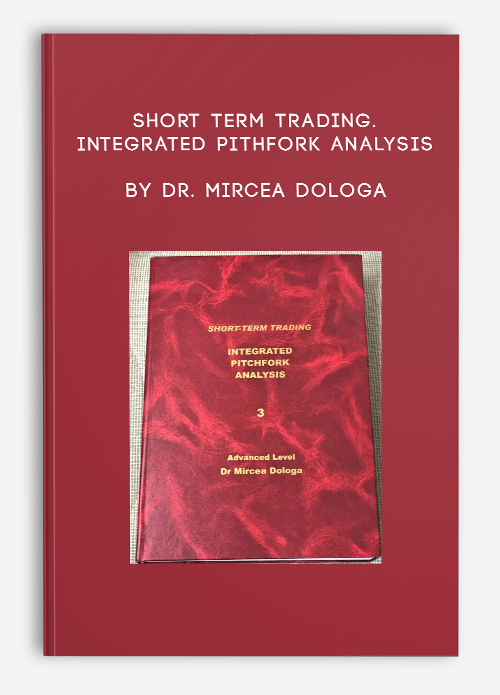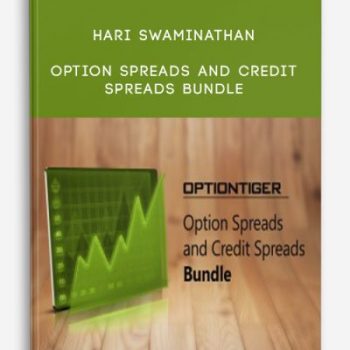
Short Term Trading. Integrated Pithfork Analysis by Dr. Mircea Dologa
Description
00 pages – 450 charts by Dr Mircea Dologa, MD, CTA
Introduction
The WHYs of this Professional Book Never Give-Up… Fight Teeth and Nails Reaching the Advanced Level – Use of Progressive Learning Modules Reinforce the Risk & Money Management Concept Knowledge & Confidence as a Conclusion Disclaimer
Chapter 1 – Context of the Trade
Comprehension of the time/price circumstances related to contextual & local market movements
Chapter 2 – Pre-open Preparation Key to understanding the ensuing day’s outcome
Chapter 3 – News Trading – Overnight & Intra-Day Unfolding Fuelling of morning and day’s market movements
Chapter 4 – Inter-markets Analysis – Fundamentals – Real-Time Use Roads to day’s trading potential
Chapter 5 – Elliott Waves – Real-Time & Intermediate-Term Use – Pitchforks Intricacy
Faithfully guided by the pitchforks, the Elliott waves reveal the direction & precise price location
Chapter 6 – Original Tools for Impulsive Pattern End Diagnosis, Kinetics & Management
Chapter 7 – Channelling – Pathways in the Sand – Market Move Projections Excellent forecasting tool for profit targets
Chapter 8 – Variable Time/Price Location of Pitchfork’s Anchor Parallel Trigger TLs & P1-2 Fibs TLs
Chapter 9 – Variable Time/Price Location of the Anchor in Schiff Pitchfork Time–price related tool detecting the optimal market description by Schiff pitchfork
Chapter 10 – Fibonacci & Momentum Bar Counts related to Pitchfork’s Pivots Mapping Momentum strength/weakness through bar counts & pivots
Chapter 11 – RSI and Pitchfork Synergism Poorly understood synergistic tool – pitchforks applied to market and also to RSI chart
Chapter 12 – Stochastics & Pitchfork Synergism Dual characteristics tool determining the trending & sideways markets
Chapter 13 – OSC(5, 35) and Pitchfork Synergism Accredited tool for confirming or negating trends/reversals
Forex Trading – Foreign Exchange Course
You want to learn about Forex?
Foreign exchange, or forex, is the conversion of one country’s currency into another.
In a free economy, a country’s currency is valued according to the laws of supply and demand.
In other words, a currency’s value can be pegged to another country’s currency, such as the U.S. dollar, or even to a basket of currencies.
A country’s currency value may also be set by the country’s government.
However, most countries float their currencies freely against those of other countries, which keeps them in constant fluctuation.













tristian –
This is Digital Download service, the course is available at Coursecui.com and Email download delivery.